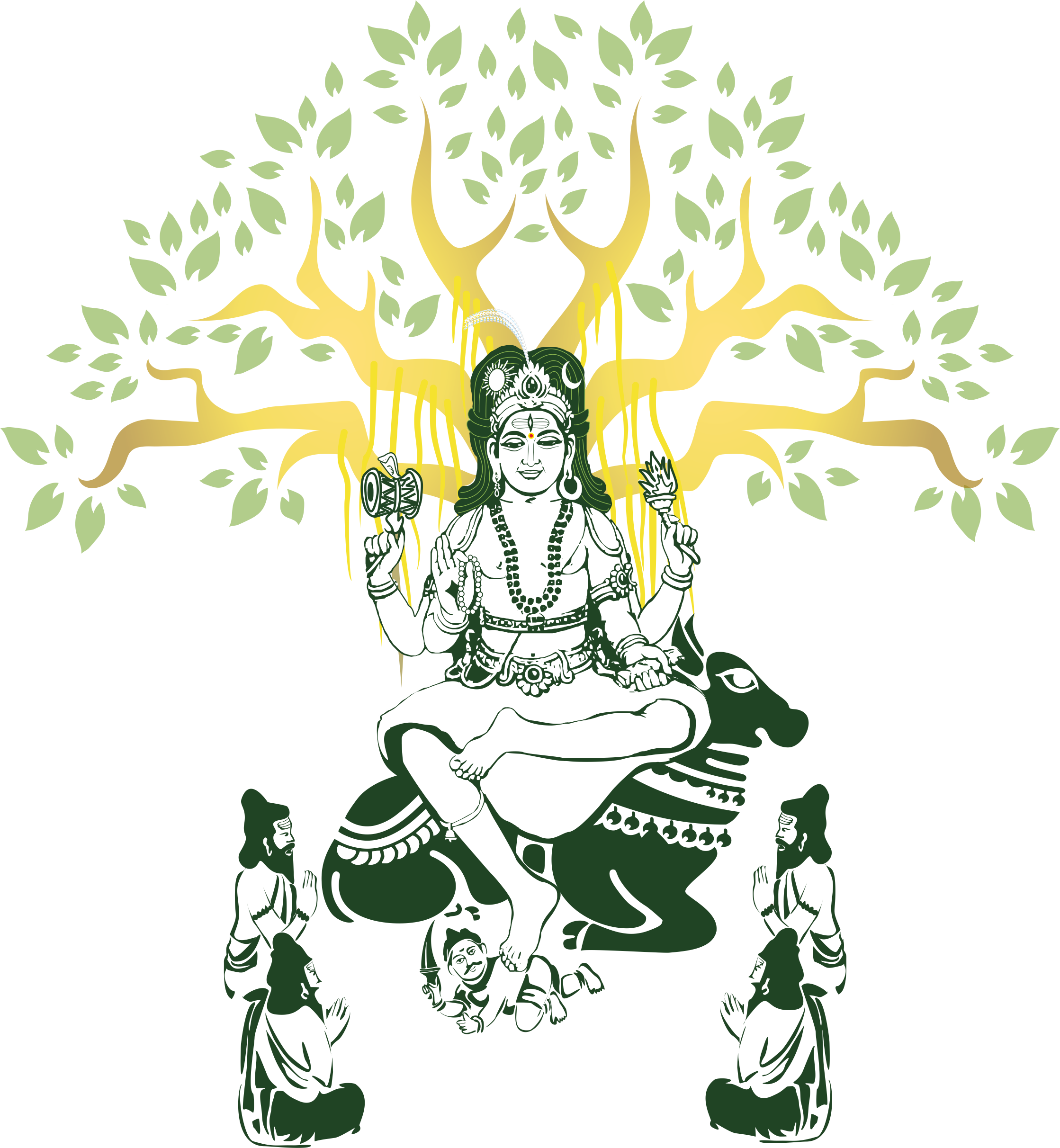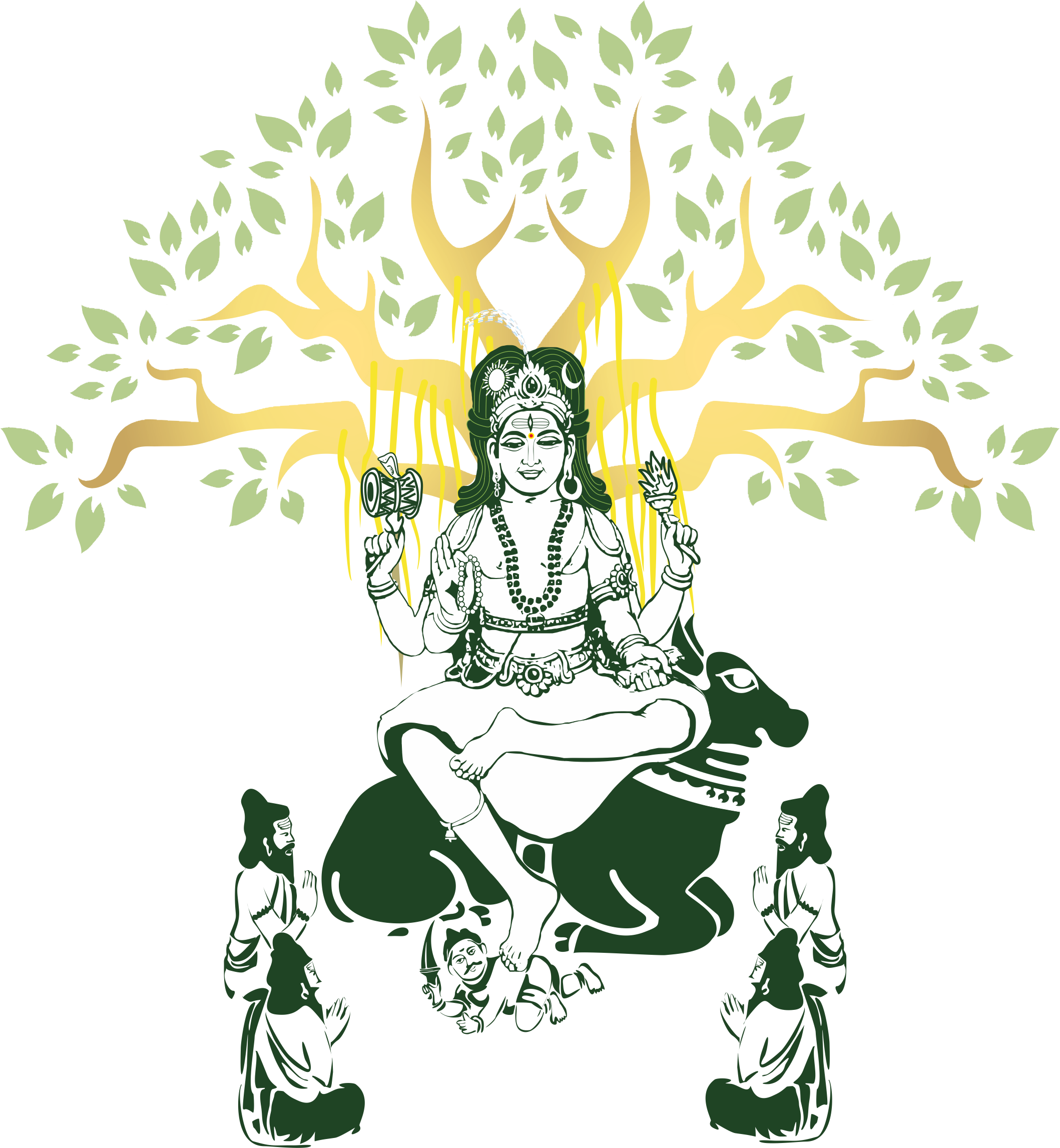Several Bhagavad Gita Home Study Groups are at a present meeting at a regular frequency and studying the teaching material prepared by Sri Swami Dayananda Saraswati. To join an ongoing study group click here. If you are a member of a Bhagavad Gita Study group and would like to join an online forum click here.
In getting a group started, if you already have at least 4-5 people interested, that is a good start; 6-10 would be ideal. But even if only two of you want to start, consider it a good beginning. Let your friends know about your starting a group and ask them to spread the word.
By choice of the participants, the groups usually begin to meet every other week for one and a half to two hours. At some point, you may choose to meet once a week.
Your group may decide to meet at one person’s home regularly or to rotate from home to home. Keep in mind it is best to meet at relatively convenient locations. If rotating from home to home, each host can be the moderator for that session. If you choose to meet in one home regularly, still the leadership can rotate amongst all of you. In the case that anyone is for any reason not comfortable to lead, then of course do not insist. There is no hard and fast rule about this.
It is easiest to make it clear to participants at the outset, even before they join the group, that the content and format of the meetings are based on The Gita Home Study Course authored by Swami Dayananda Saraswati and based on the Sankara’s Bhasya. Explain that it is a methodical class-like unfoldment of the material and not intended to be a comparative study where participants bring their own Gita.
It is highly recommended by Pujya Swamiji that each group starts with the introduction when it meets for the first time. The introduction itself contains a wealth of insights about how the Gita is to be approached and how the study can best proceed.
In keeping with the tradition, the group follows a format of beginning with prayers, usually the Gita Dhyana Slokas. The moderator, at the beginning of the class, provides a brief summary of what was covered in the previous meeting. Each participant reads one topic or one page, and discussions, as needed, can take place in between. Ideally, the group will blossom into a family-like support group where all will feel equally comfortable to question and discuss freely.
Gita is a pertinent text to be viewed in terms of life-problems and as such, discussions and questions including issues from people’s daily lives can be beneficial to all participants. However, to stay focused, it is best to have a sense of proportion in not letting the discussions wander off the theme at hand.
It is important to begin and end the study group meetings on time. Food can be served at the end of the class and should the meeting times necessitate people coming to the class straight from work, then light snacks can be provided before the class.
It is also highly beneficial to hold a simultaneous Vedic Heritage Program for the children if the need is there. One of the parents can teach the class with the help of the Vedic Heritage Teaching manuals. Having a babysitter who can keep the children constructively engaged during the duration of the sessions is also another option.
[pdf-embedder url=”https://www.arshavidya.org/arshavidya/wp-content/uploads/GitaHomeStudyGroup.pdf”]



